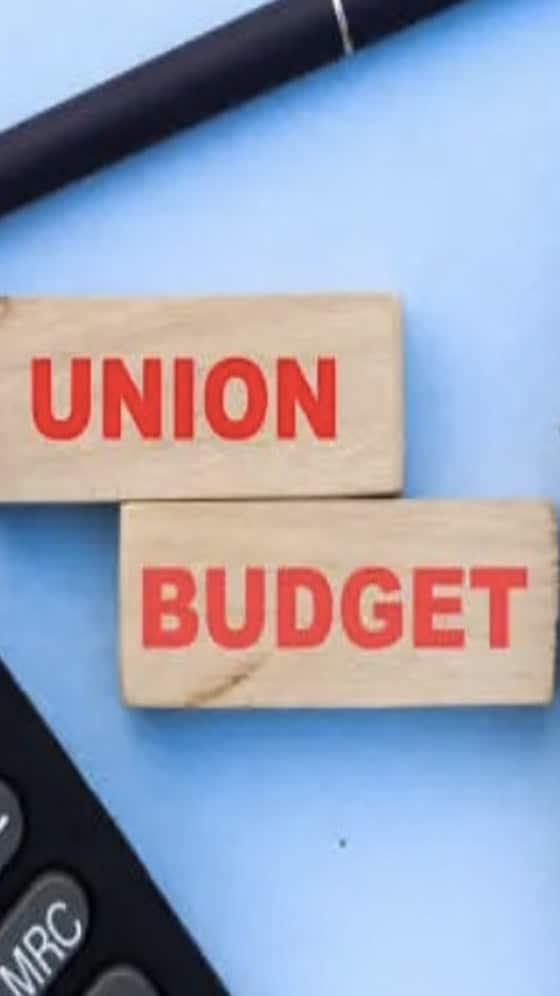
The top 13 ministries in terms of allocations account for 54% of the estimated total expenditure.
In the midst of global economic transitions, Finance Minister Nirmala Sitaraman unveiled the Interim Budget for 2024-25, outlining a comprehensive fiscal plan that maintains stability in the tax regime while promoting growth across a diverse range of sectors. The budget refrains from altering direct and indirect taxes, signalling a continuity that businesses and taxpayers have been anticipating.
1. Outlay of Expenditures:
The government has earmarked a total expenditure of Rs 47.66 lakh crore, a 6.1% increase over the previous year’s revised estimates. A key highlight is the rise in capital expenditure to Rs 11.1 lakh crore, reflecting the government’s commitment to bolstering the nation’s infrastructure.
2. Outlay of Receipts:
Total receipts, excluding borrowings, are projected at Rs 27.56 lakh crore, with the revised estimate showcasing a revenue receipt of Rs 30.03 lakh crore, indicative of economic momentum and a trend towards formalization.
3. Composition of Expenditure:
A significant portion of the budget is directed towards central sector schemes and centrally sponsored schemes, with the Ministry of Defence, Road Transport & Highways, and Railways being the top recipients. These allocations account for 54% of the total expenditure.
4. Outlay/Expenditure on Major Schemes:
For the fiscal year 2024-25, the Mahatma Gandhi National Rural Employment Guarantee Scheme (MGNREGS) receives the top allocation, matching its previous year’s revised estimate at Rs 86,000 crore. This maintains the level from 2023-24, which saw an estimated 43% increase in the scheme’s funding compared to its initial budget.
Following closely, the Pradhan Mantri Awas Yojana secures the second-highest funding for 2024-25 at Rs 80,671 crore. This marks a substantial 49.1% rise from its revised estimate in the previous year. The expenditure for this scheme in 2023-24 was projected to be 32% lower than the budget estimates, primarily due to underperformance in its rural segment. The 2024-25 allocation for this scheme aligns closely with its budget estimate for 2023-24.
5. Deficit Figures:
The fiscal deficit is budgeted at 5.1% of GDP, a decrease from the previous fiscal’s 5.8%, aligning with the government’s objective to bring it down to 4.5% by 2025-26.
6. Deficit Trends (% of GDP):
The focus remains on reducing the revenue deficit to 2% of GDP, down from 2.8%, with an overarching goal to strengthen fiscal responsibility and budget management.
7. Allocation Of National Tax Revenues To States For FY 2024-25:
An 8.4% increase in transfers to states is outlined, with a total allocation of Rs 22.74 lakh crore, which includes devolution from the central tax pool, grants, and loans for capital expenditure.

8. Allocation Of Funds To Ministries:
The top 13 ministries in terms of allocations account for 54% of the estimated total expenditure. Of these, the Ministry of Defence has the highest allocation in 2024-25, at Rs 6,21,541 crore. It accounts for 13% of the total budgeted expenditure of the central government.
Strategic funding allocations reflect the government’s priorities, with the highest being directed towards the Defence Ministry, followed by allocations to enhance transport infrastructure and food and public distribution systems.
9. Allocations for women, children, SCs, STs, and NER:
In 2024-25, funding for programs dedicated to the welfare of women and children has seen a significant rise to Rs 4,19,183 crore, marking an 18.6% increase from the revised estimate of the previous fiscal year, 2023-24. This increased funding spans across various ministries. A notable factor in the augmented allocation for women’s welfare is the enhanced support for the Pradhan Mantri Awas Yojana. This scheme mandates that the house must be owned or co-owned by the female head of the family. Furthermore, the welfare of children is set to receive a boost, primarily through increased funding for school education.




